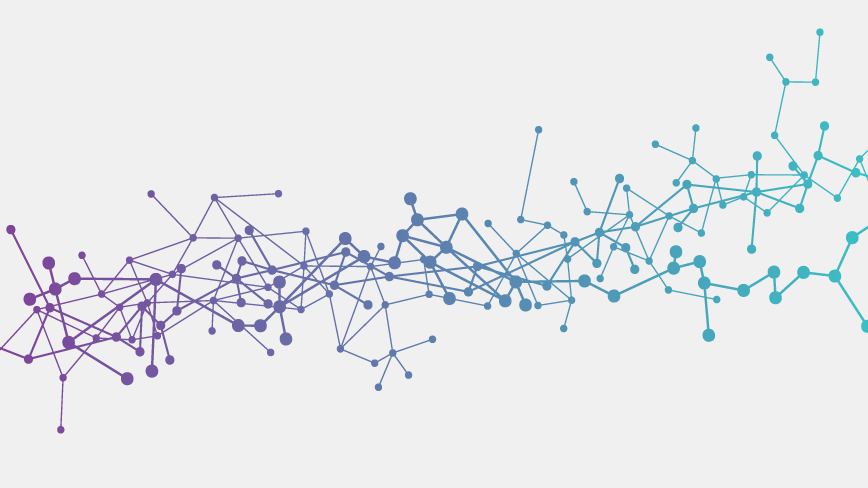Marketing algorithms are taking on many of the industry’s most pressing tasks at scale while helping guide major strategic decisions of the future.
Marketing algorithms have worked their way into the industry’s most talked about subjects. Many people, however, still aren’t sure exactly what an algorithm is, what they do, and how they are specifically applied to modern marketing practices. As such, let’s brush up on some of the basics so that you’re prepared the next time this hot topic comes up in conversation.
What is an Algorithm?
Used broadly, an “algorithm” refers to a sequence of steps or rules designed to produce a specific outcome from a set of inputs. A food recipe is an algorithm for taking raw ingredients and turning them into a dish, and your credit score is created using an algorithm that converts all of your financial history into a three-digit number.
In the modern business and technology world, algorithms are everywhere. Search engine algorithms take billions of possible website matches for a query and decide in milliseconds which ones to rank first. Social media algorithms dictate which posts show up on a user’s curated feed, and video streaming algorithms can suggest shows for you based on your viewing history.
Looking specifically at marketing, algorithms have come onto the scene from every which way to affect both ongoing minor tasks like ad buys as well as major strategic decisions. With the right data available, algorithms can automate these ongoing decisions at scale in order to reduce wasted spend and make the most returns from each marketing activation.
Below are just a few ways algorithms are used in modern marketing practices:
Campaign Strategy and Optimizations
When built well, algorithms can take a complex decision and boil it down to a set of suggested actions to take, such as how a chess game using artificial intelligence can suggest the next best move for any given situation. Many marketing algorithms do just this — taking a complex set of data and using it to find patterns or weigh evidence on an objective scale, ultimately producing a suggested action.
For instance, an algorithm can take behavioral data from tens of thousands of email interactions in order to determine the optimal time to send an email where people are most likely to open it and follow the link inside. An algorithm can also dictate strategy for programmatic media buys, selecting the audiences with the highest value and determining the best time and place to display an ad.
1:1 Targeting Capitalizes on Individual Attributes
Modern personalization marketing tactics now aim to go beyond demographic groups and instead offer customized campaigns targeted at the individual level. Algorithms can help connect identity at this personal level, without needing a login, by looking to an identity graph and matching people based on their attributes. An algorithm can also use behavioral data and attributes to determine the target individual’s unique personality and decide on the optimal creative to display or product to suggest from a set of possible options.
Attribution Modeling Reveals Critical Data
The connection between a customer purchase and an earlier action – such as clicking on a pay-per-click ad or visiting a company’s website – can be complex and ambiguous. Algorithms now attempt to shed light on a consumer’s path-to-purchase by taking engagement data from various campaigns and determining which touchpoints along the conversion path can be attributed to the final purchase.
These attribution models reveal critical information about the most effective channels marketers use as well as the ones that produce minimal returns. Without attribution, marketers may incorrectly assume a channel or campaign was ineffective when it actually worked great, or they may give too much credit to a touchpoint that had little to no effect on the end purchase decision.
Algorithms Play a Huge Factor in the Future of Marketing
As algorithms advance, they become more deeply embedded in marketing processes and interact more closely with other algorithms to increase the overall level of automation. Machine learning algorithms, for instance, can make corrections to optimization algorithms by analyzing data before and after a change and automate smarter decisions moving forward.
There is also a notion that with the growth and adoption of algorithms in marketing, human input may become obsolete. However, human ingenuity and our ability to draw insights and conclusions should not be overlooked or thought to be replaced by machines. Algorithms augment human ability and allow us to make better decisions, faster, and focus more of our creative energy on things that add more value. Therefore, marketers will always have a need to keep people working alongside algorithms and offering their input to ensure algorithms continue to perform as intended.

